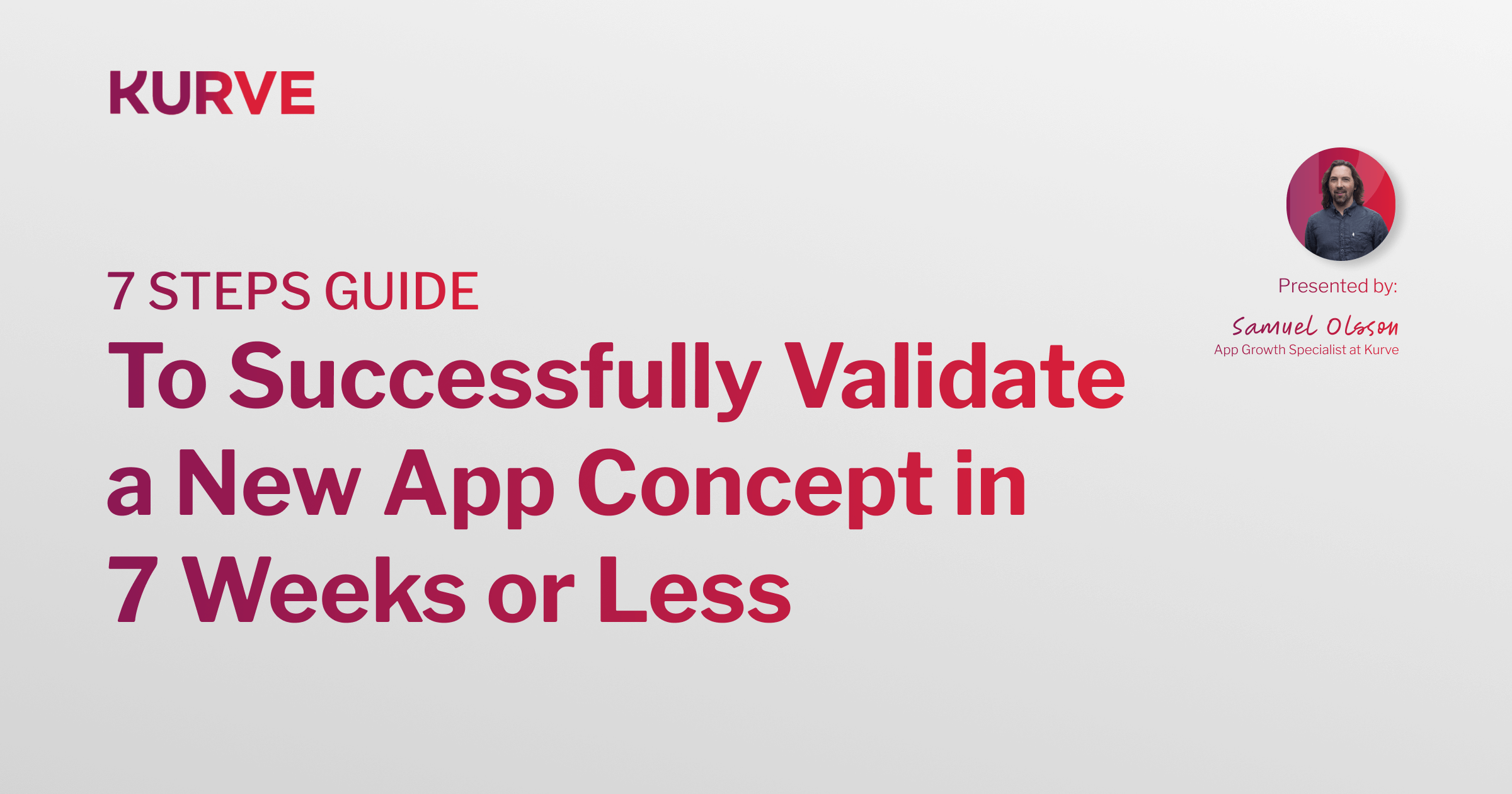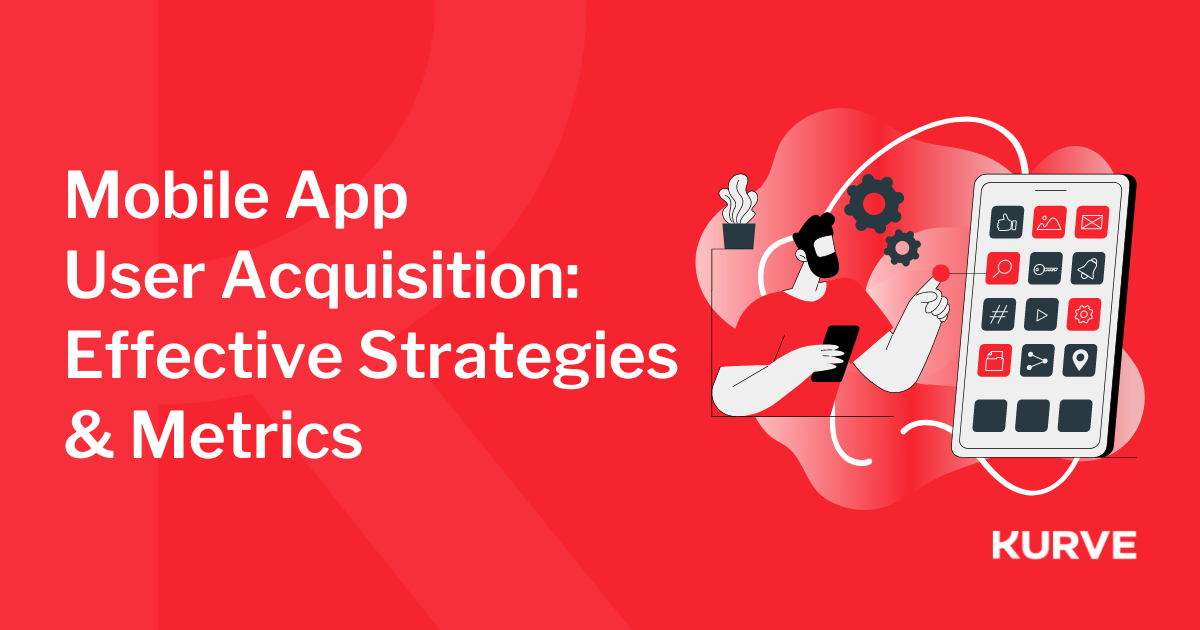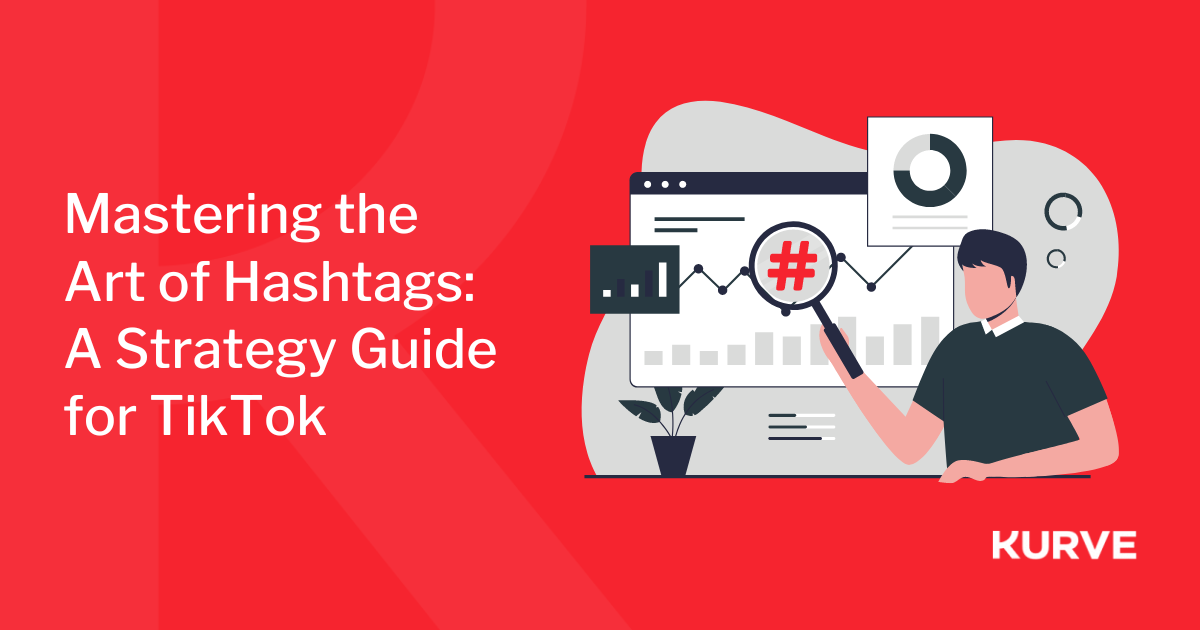The Power of Dark Social for Startup Marketing
Introducing Dark Social Media
Dark social is the viral activity that takes place behind the closed doors of our online social habits. The term was coined by senior Atlantic editor, Alexis C. Madrigal , to describe sharing behaviours that fall outside of the scope of our traditional methods for measurement. While this may sound ominous, it simply refers to traffic that slips through the overt capabilities of our current web analytics tools. As outlined by Gain and HackerNoon, dark social traffic comes from the following sources:
-
Email
-
Private messengers (Facebook Messenger, WhatsApp, Skype)
-
Native mobile apps
-
Secure browsing
When it comes to GA metrics, dark social is thrown in with all the other direct traffic heading in the direction of your site, and is not given the specificity it deserves. The result is you are, as the saying goes, “left in the dark” about where exactly your traffic has come from. It accounts for 84% of consumers’ outbound sharing , so businesses have no choice but to pay attention. The challenge is how to adopt dark social into your current KPI strategy to ensure that marketing resources are being allocated to channels with the highest ROI. It’s important to note that, in this context, “dark” doesn’t necessarily mean negative. The fact that this traffic is being driven in your direction means that your content is compelling. But it’s more difficult to track. If you can’t firmly identify origins, how can you know where best to invest your marketing efforts to build traffic and conversions? Here is a short introduction to the power of dark social, and how it applies to startup marketing.
How Dark Social Works
We’ve had a leg-up with marketing analytics, as technology is providing us with insights into customer journeys that previous generations were not privy to. But there are still blind spots. I see an advert for skydiving. I email details to my mother-in-law. She visits the company’s site, moves quickly towards a conversion. Before you know it, she’s learning which rope to tug when the time is right. Whilst the skydiving company is pleased with the sale, it is not obvious how the lead was generated. How do they track this traffic stream in order to replicate it? It’s not hard to understand the popularity of this primarily mobile form of link-sharing. If I see a product or service that I admire, I’m more likely to tell someone about it in a private forum than I am to advertise my discovery to the world. The issue for analysts is not how to prevent this form of communication, but how to quantify in order to maximise its potential.
How to shine a light on dark social
For now, the quest to track dark social is complex, albeit possible. Here are three ways for you to sieve out the dark social traffic from the seemingly homogeneous mass that is direct traffic: Google Analytics: It’s true that it’s difficult to track dark social via traditional tools. However, as Rachel Moore outlined we can manipulate Google Analytics to provide meaningful insights. This is done through segmentation. Basically, you only track the metrics of a segment of site data. By zoning into the direct traffic to pages that have URLs which are hard to remember, you can deduce that a portion of this arrived via users who copy and pasted into the search bar. Specialist tracking tools: As we’ve woken up to how dark social works, developers have responded. Have a look at Po.st in and Get Social in particular. These tools may involve some modest technology integration. Specific URLs: Sharing buttons can be implemented on content for each channel, with unique tracked URLs that indicate where content was read or watched. This can be done via Google’s own Campaign URL builder. As Mia Mäkipää outlines, this traffic is then defined as “Closed Social”. Still shared in private networks, but measured more easily.
In summary…
This analysis is critical to planning digital marketing investment. If the bulk of traffic is arriving via dark social channels, it may be time to decrease Google Ads budget or bolster the types of content having most impact. Without tracking, you won’t know. We need a definitive bulletproof method for measuring dark social, and we need it soon. In the meantime, let’s take these workarounds and apply them as smartly as possible.


